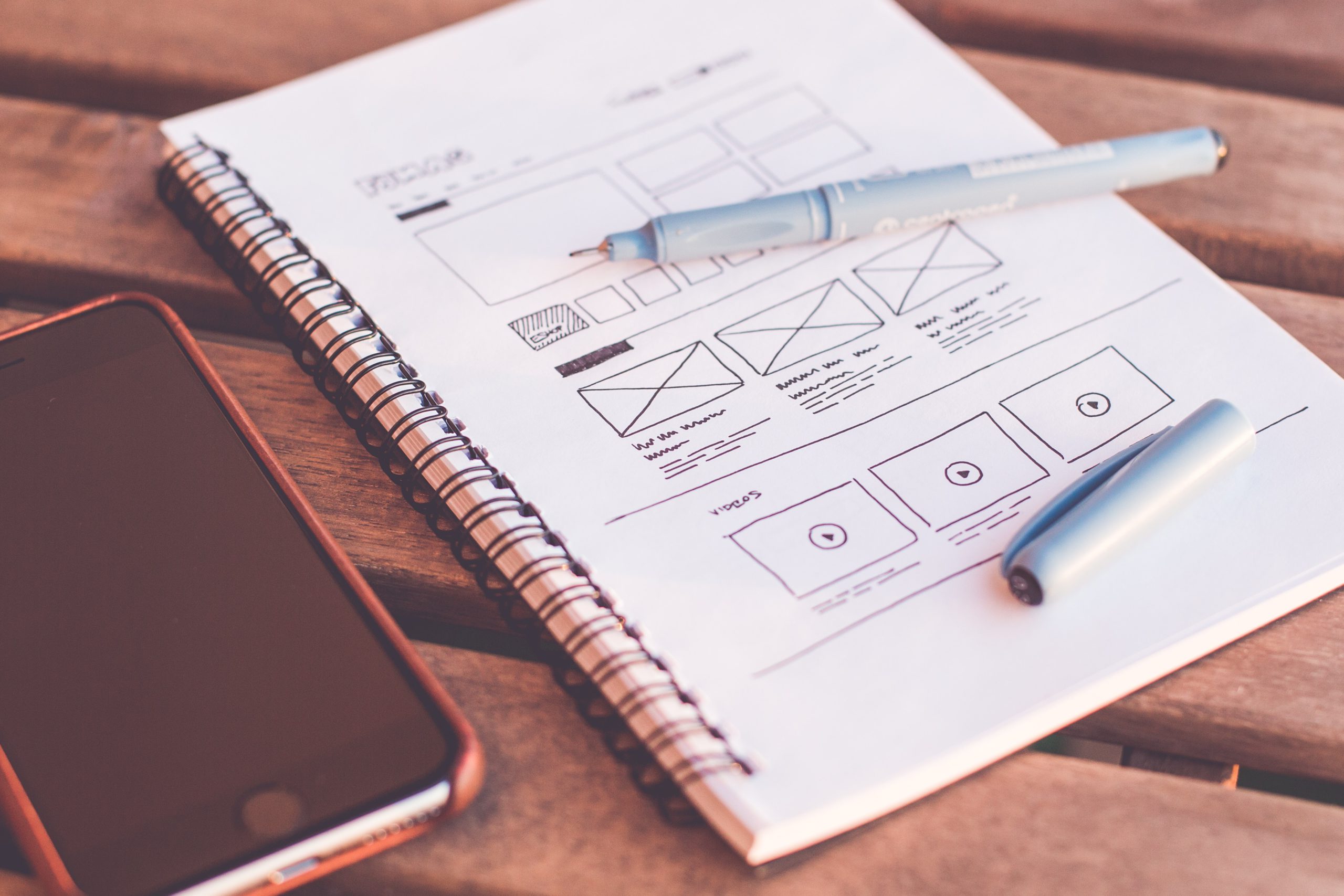
Design Wars: Graphic Design vs Web Design
Last update: 9 August 2023 at 03:37 pm
The term ‘Design’ covers a broad spectrum of options, all of which contribute in some shape or form to the success or failure of your marketing materials. For marketers, possibly the most-used types of design are graphic design vs web design.
While these two roles work hand-in-hand to a large degree, there are some vital similarities and compelling differences between them. To better understand the role that each plays in marketing, we should first look at each type of design as a single entity.
Graphic design is the use of visual content, including images, typography, and layout, to transmit messages to a predetermined audience or target market. Web design calls on many of the same tools and skills but goes one step further.
Web designers need knowledge of programming to be able to create the platform or website where the visual content can be displayed. A graphic designer deals predominantly with creating print work, and the digital content for this website.
So is one better than the other, or are both just as important in communicating your message? Let’s compare graphic design and web design in terms of a few key factors.

Web Design vs. Graphic Design: The Differences
The end goal of both graphic and web design is to communicate a message or provide information to an audience. How you frame this message and the clarity with which it’s displayed are of the utmost importance. To this end, the differences between web and graphic design are as necessary as the mediums themselves, because each has the potential to speak to a different audience.
User Experience
A fundamental difference between graphic design and web design is the experience each offers the user. While both display stunning visuals with an embedded message, they differ vastly in how the user interacts with each other.
Graphic design has always been largely print-based, however with changing times and innovation it’s been able to cross the techno bridge into digital content. That being said, graphic designers still focus predominantly on static compositions offering a limited user experience. You can browse through a printed brochure and feel its pages, or read a digital brochure, but neither offers any further interaction.
Web design on the other hand is dynamic and, when done well, affords users a much more interactive experience. It has the power to draw users in through its layout and visuals, begging them to participate in the content. Users can navigate their way through a website, clicking through to different web pages, and even watching videos embedded in the content.
Web design professionals set a lot of store by UI design, which plays a vital role in how websites look to the user. If this user interface isn’t on point, your website may not appeal to the right target group, and you’ll miss the boat on your user experience.
With its dynamic nature, there’s much more scope for keeping users interested and encouraging interaction through web design and online graphic design, than through print design.
Visuals
When it comes to the visual elements of design, graphic designers definitely have an easier time than web designers. There are fewer limitations for a graphic designer in the use of colour, typography, fonts, and images.
The nature of various graphic design projects will call for different size specifications of print work. The designer works according to the required canvas size, manipulating images and content to fit the structure. If one design is to be used on print media of varying sizes, it’s relatively easy for a graphic designer to resize the content to fit the medium.
This scaling up or scaling down isn’t quite as straightforward in the ever-changing world of web design. Although web designers don’t have set size specifications to work within, they must ensure that each design, layout, or image is as legible on a mobile phone as it is on a large screen and vice versa.
You must also consider the limitations that web designers face when choosing colours and fonts for their websites. While graphic designers can use almost any colours for their designs knowing that they’ll remain consistent throughout the project, web designers must consider how each colour will translate on different monitors and at different resolutions, particularly as they affect the clarity of images.
We mentioned typography earlier, and this is another hurdle that you face in website design visuals. Graphic designers have the liberty of using almost any font imaginable for their print work, but a web designer must look at the final effect and determine whether the font or font layout will sync seamlessly on each digital medium, regardless of screen size.
File Size and Optimization
While the visual elements and user experience of a website are the prevalent focus for web designers, they must also consider how well the finished product will function. Graphics files shouldn’t be so large that they negatively impact the user’s experience. Sometimes the smaller the file, the better the quality and the clearer the graphics.
We all know the frustration of waiting for an image or video to load. How often have you clicked out of a page because of a time lag? Web design professionals must identify the best file sizes for their graphics elements to enable a website to operate optimally on any device.
In graphic design, file size is also a consideration, albeit in a different way. The designers prefer larger files when preparing a job for print. Larger files indicate a higher resolution on the design work, and this leads to a clearer image on the final product.
Updating Content
Websites require ongoing care and attention to maintain a high level of user experience and a consistent user interface. Images, graphics, and content can be changed at any stage to avoid the website becoming tired and to keep up to date with changes in the business. So watch out for website redesign trends.
Once the web designer has completed your website, he can hand the maintenance over to you or opt to continue on a retainer or freelance basis. You don’t need any specific web design skills to keep your web content relevant. The designer has already done the work for you.
Should he continue to work on a freelance basis, you must ensure that you pass company news, new services, or any necessary business changes to your web designer. He will keep your company profiles both up to date and interesting.
For a graphic designer, once the design process is complete and the marketing materials have gone to print, there’s nothing more to be done. Any changes or updates to the article will necessitate a new print run and incur additional expenses.
One of the skill sets that’s vital for graphic designers is attention to detail. While web designers can amend errors in webpage content quickly, errors in a graphic design creation may require an entire print run to be scrapped. Graphic design professionals who work with printed communication don’t have the luxury of those quick fixes that web designers do.
The Role of Graphic Design vs Web Design
The clue here is in the name. A graphic designer puts art or graphics at the centre of communication while a web designer has technology at the core of each web project. The two roles complement each other, while at the same time graphic designers and web designers can operate individually.
A good web designer uses graphic design as an element within a website to make it more attractive to the user. Many web designers have graphic design talents, but not all graphic designers have or want, the programming skills to be web developers. They are artistic by nature, preferring to focus on graphics and leaving the web design to those more technologically inclined.
In Conclusion
In a nutshell, a graphic designer focuses on how a design broadcasts a message using art and other visual elements, whereas a web designer focuses more on how a design makes the user feel and what interaction it provokes.
Each role is just as important in communication and marketing as the other. Both have an essential role to play in how messages are spread throughout the world, whether on websites, through a print medium, or a combination of both.
It’s almost impossible to pit one type of design against the other in a general sense. In a graphic design vs web design scenario, there’s no clear winner.
When deciding which to use for your marketing purpose, first consider your message, your audience, and your goal. Once you’ve identified those factors, you can more easily determine whether graphic design, web design, or a combination of both will meet your needs.
If you are looking to develop graphic or web design, take a look at some of our design agencies and web design agencies in over 80 countries around the world!






